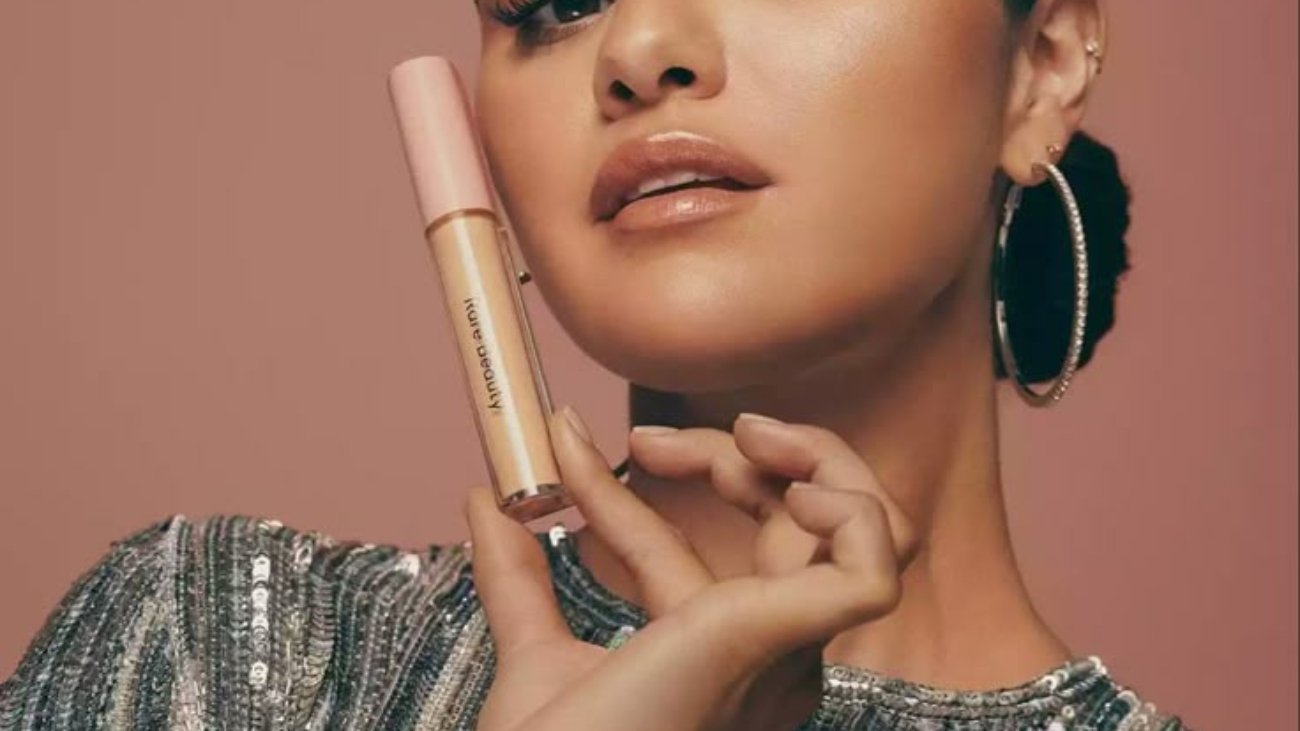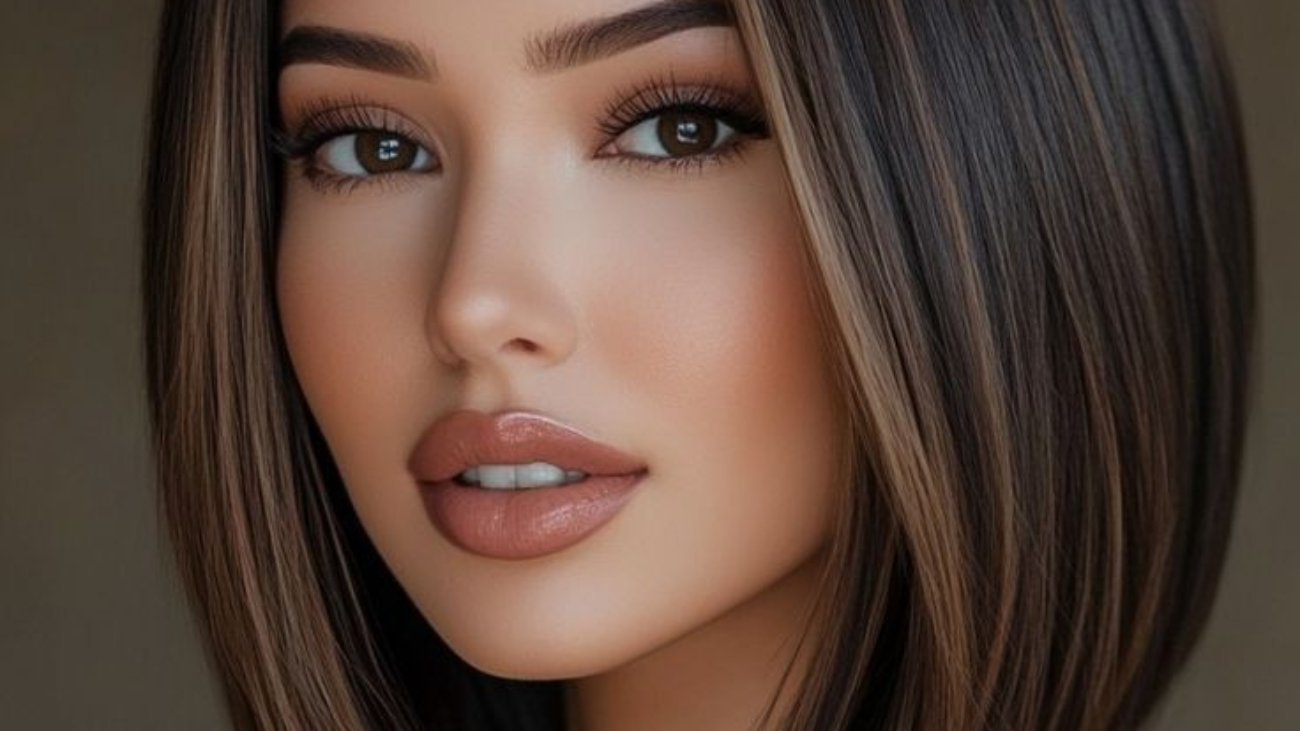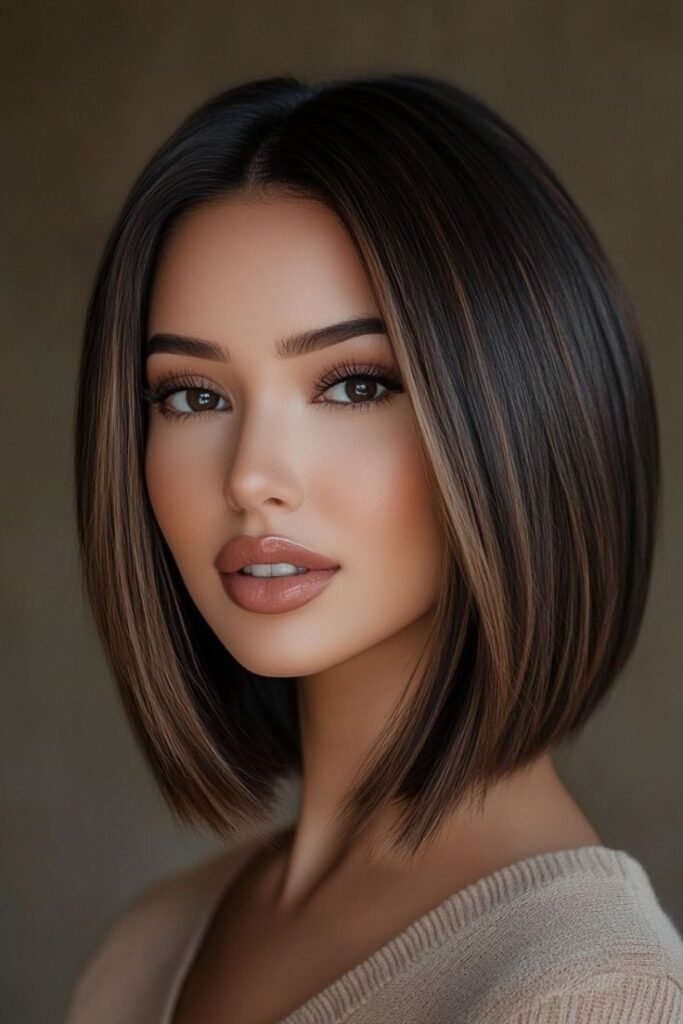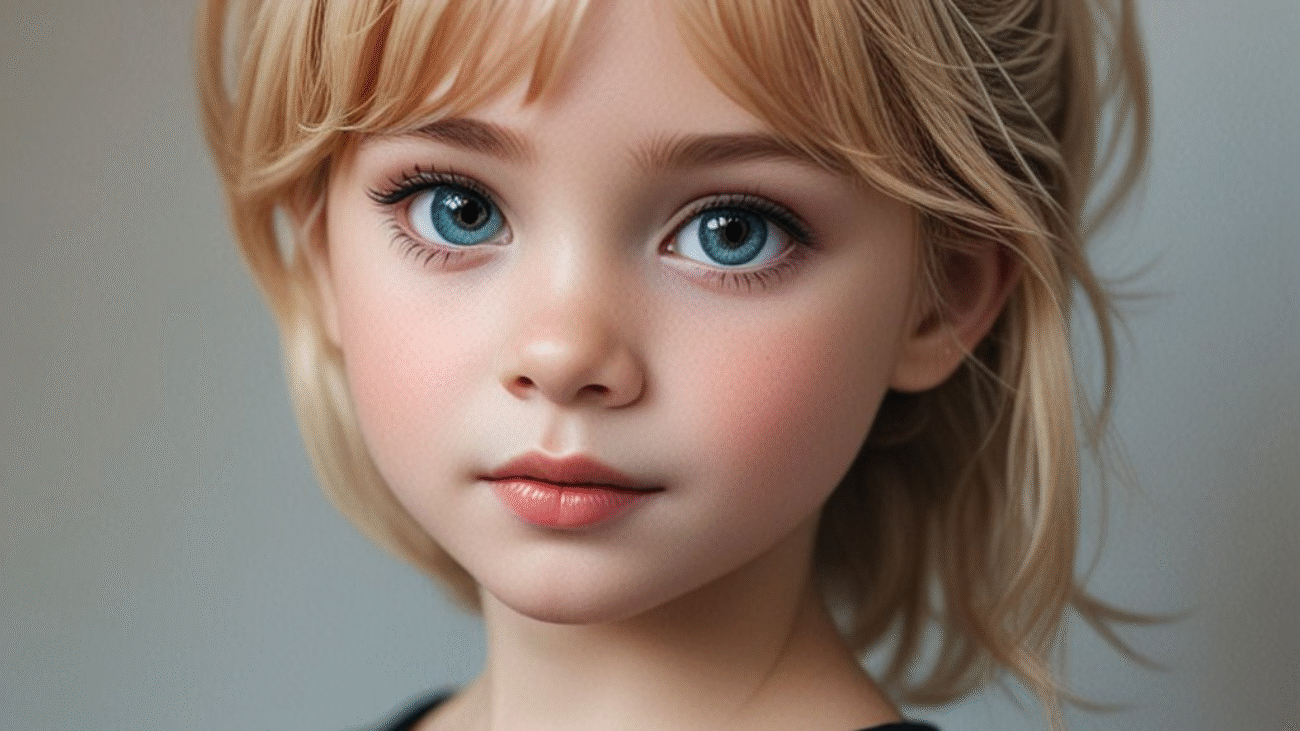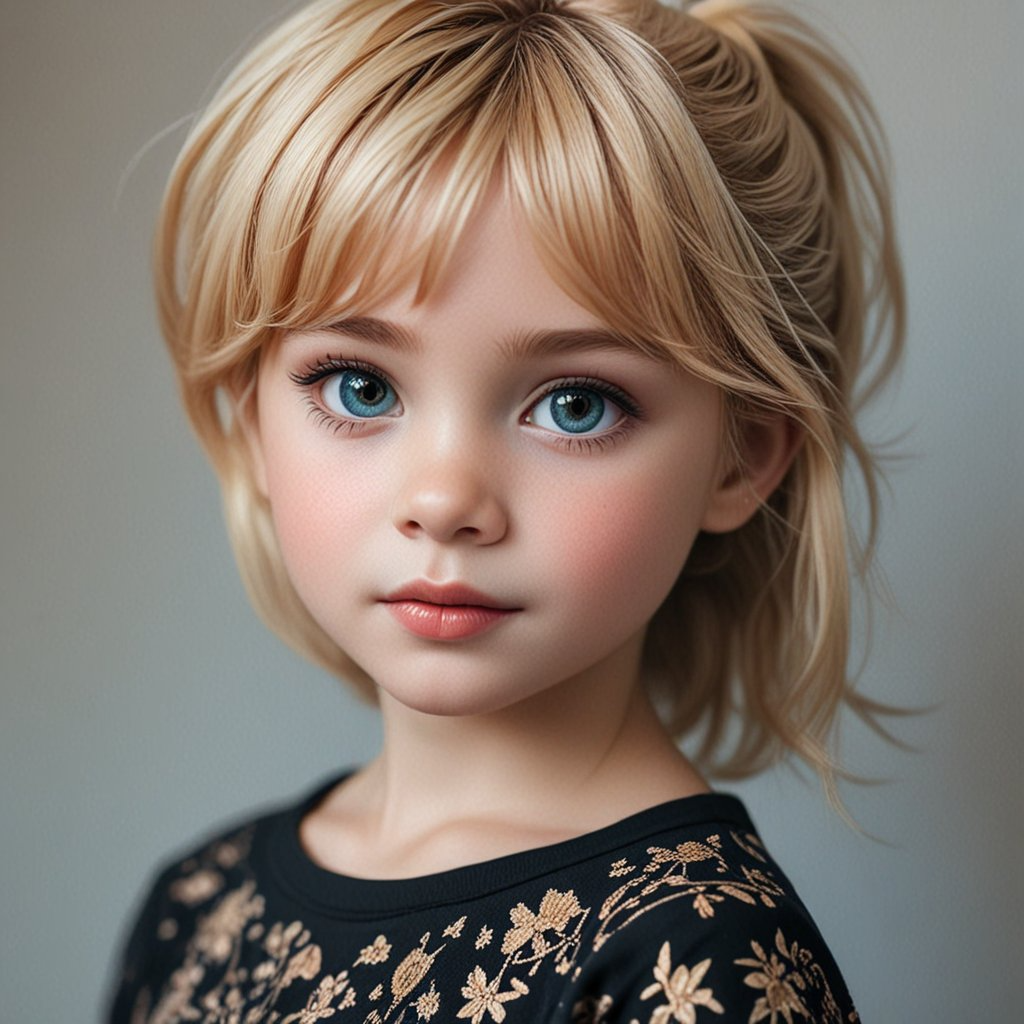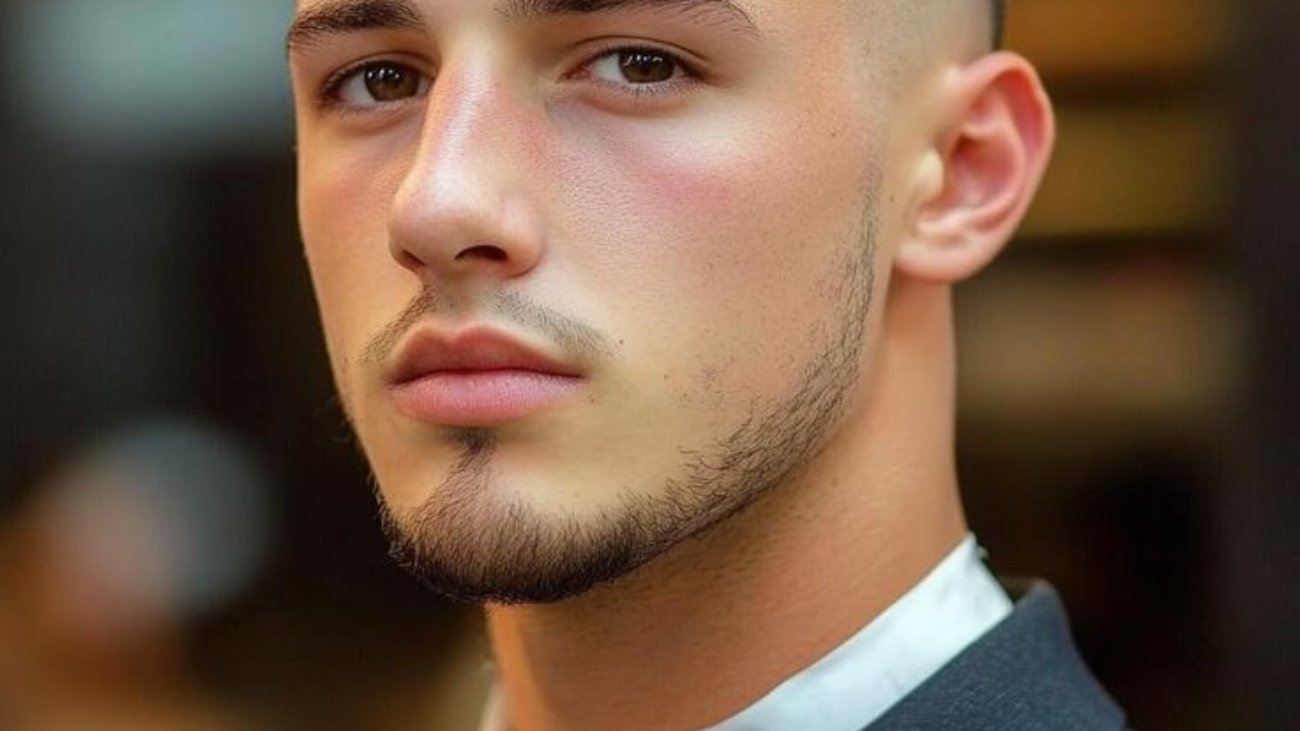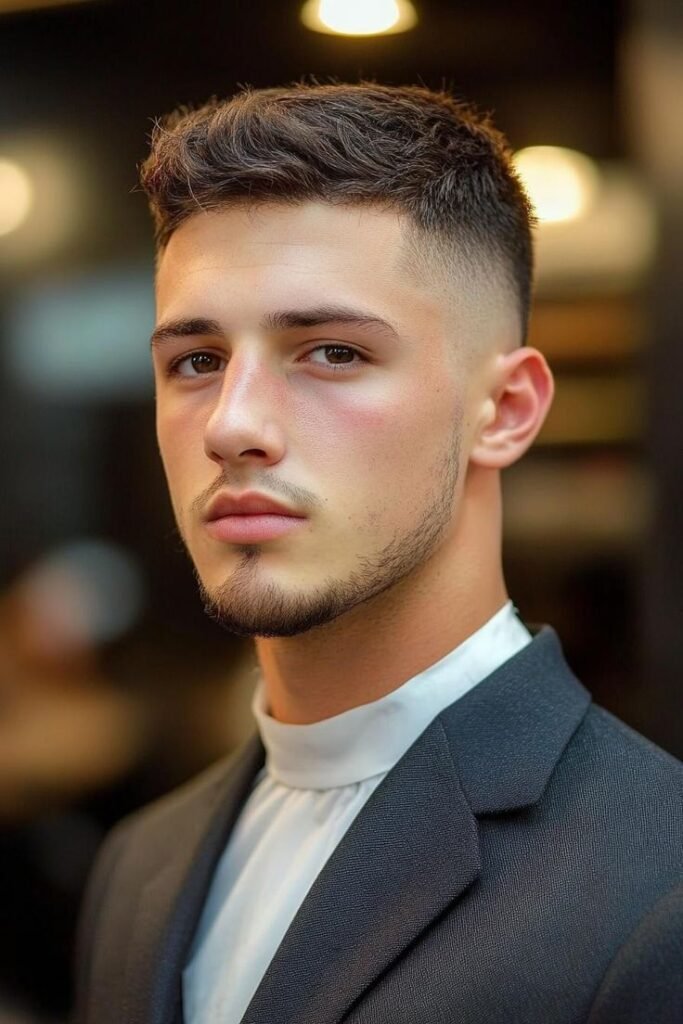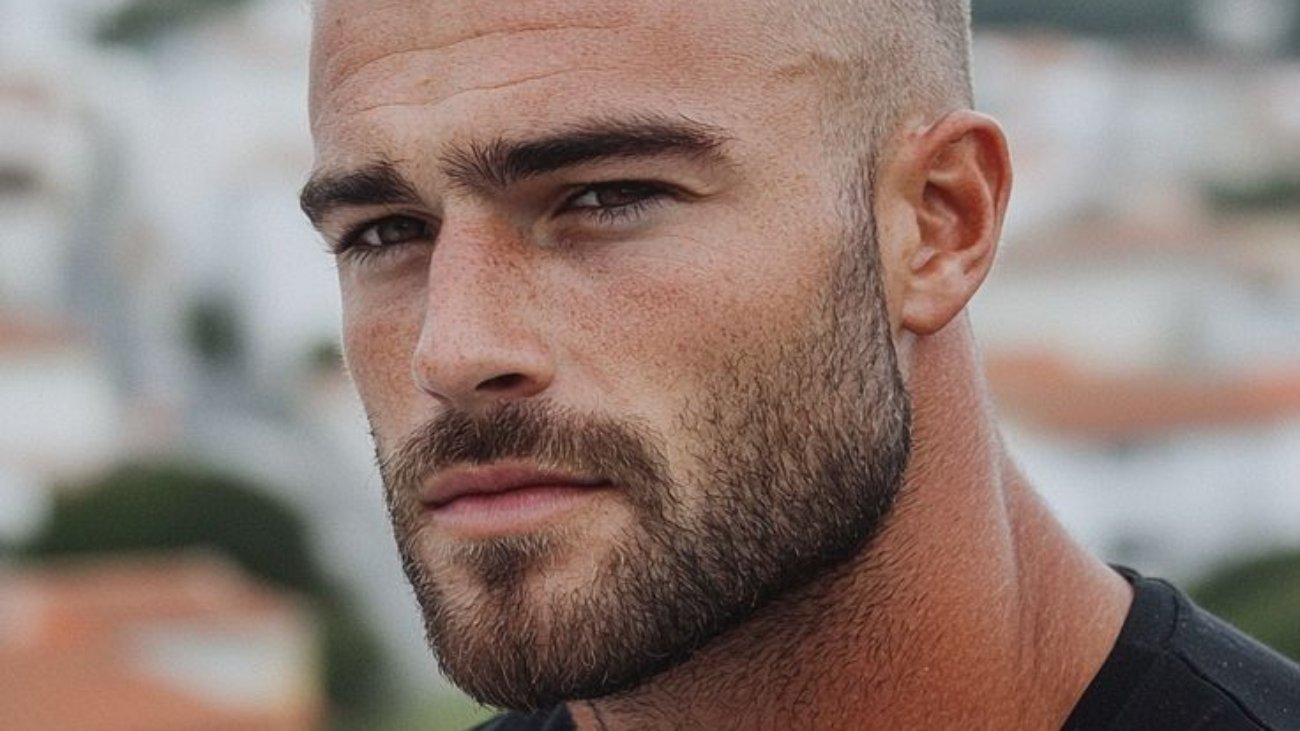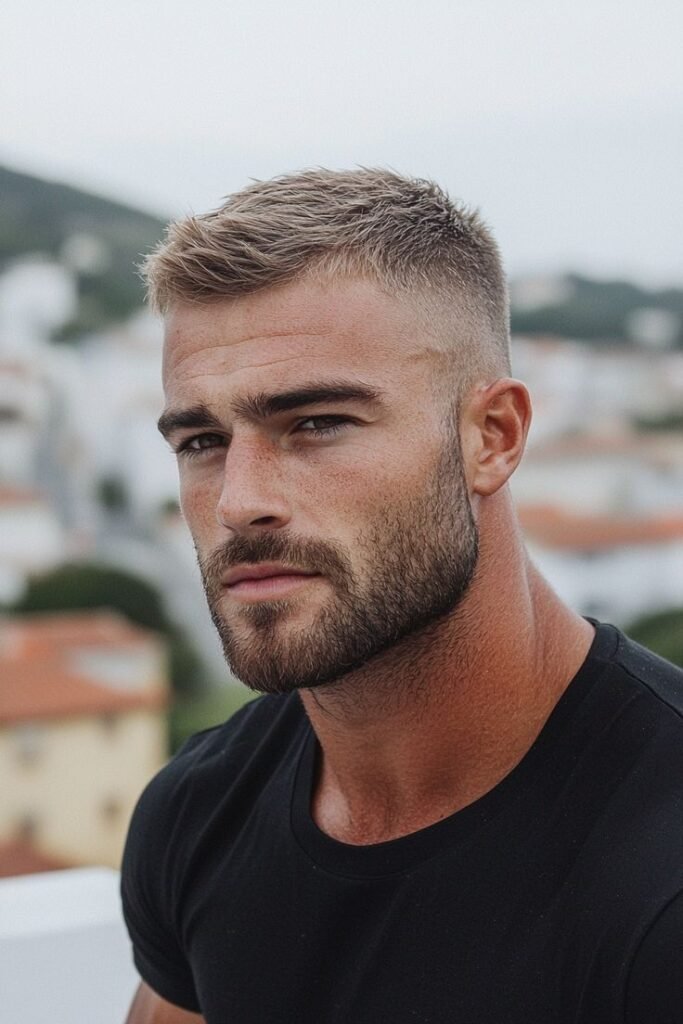Bubble Skincare?
Bubble Skincare is a modern skincare brand designed for young, sensitive, and acne-prone skin. Launched in 2020, Bubble gained popularity for its science-backed, dermatologist-approved, and affordable skincare products — all wrapped in fun, colorful packaging.
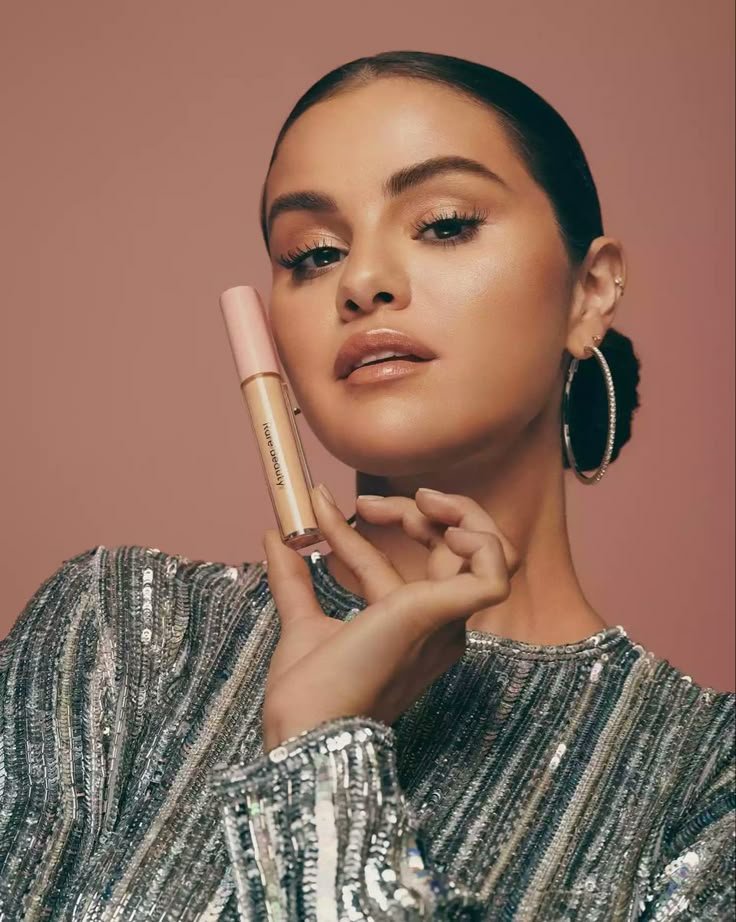
Unlike many drugstore brands, Bubble offers clean, cruelty-free formulations with no harsh chemicals, making it especially suitable for teens and young adults. The brand promotes skin positivity, self-care, and education — making skincare feel less intimidating and more empowering.
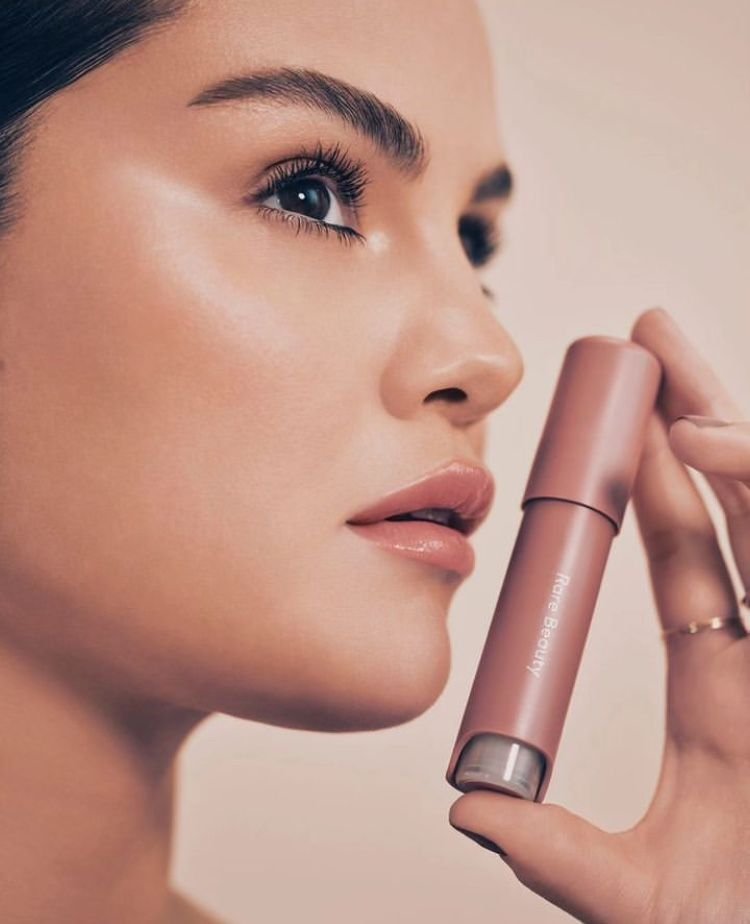
Key Features of Bubble Skincare
- Dermatologist-tested & Non-toxic
- Cruelty-Free and Vegan
- No artificial fragrance or dyes
- Paraben-free, Sulfate-free, Phthalate-free
- Budget-friendly (Most products under $20)
- Stylish, minimal packaging with pump-top bottles
Why Is Bubble So Popular?
- Made for Gen Z
Bubble was created specifically for teenage and young adult skin, which is often sensitive, breakout-prone, or unbalanced. - Transparency in Ingredients
Every product includes a full breakdown of ingredients and what they do. Bubble teaches users to understand skincare science, not just trends. - Balanced Formulas
Products focus on hydration, gentle exfoliation, oil control, and barrier repair — without over-stripping or irritating the skin. - Positive Branding
With slogans like “Skincare that doesn’t suck”, Bubble creates a safe and welcoming space in a beauty industry that often pushes perfection.
Best-Selling Bubble Skincare Products (And What They Do)
1. Fresh Start Gel Cleanser
A gentle, non-foaming cleanser made with green tea, caffeine, and gluconolactone. Great for daily use without drying the skin.
Best for: Oily, acne-prone, and sensitive skin.
2. Level Up Balancing Moisturizer
A lightweight gel-cream that hydrates with niacinamide, squalane, and zinc PCA to balance oil and reduce redness.
Best for: Combination or oily skin types.
3. Slam Dunk Hydrating Moisturizer
Richer and creamier than Level Up, this is packed with avocado oil, vitamin E, and aloe vera.
Best for: Dry or normal skin types.
4. Bounce Back Toner
A hydrating toner mist infused with niacinamide and willow bark extract to help soothe and refine pores.
Best for: All skin types; especially good as a post-cleansing mist.
5. Break Even Balancing Toner Pads
Gentle exfoliating pads with PHA, zinc, and willow bark extract to help clear breakouts and reduce oil.
Best for: Acne-prone and oily skin.
6. Day Dream Tone and Texture Serum
Brightens and smooths skin with niacinamide, vitamin C, and peptides. Helps fade dark spots and post-acne marks.
Best for: Uneven skin tone and dullness.
Bubble Skincare Routine Example (AM/PM)
Morning:
- Cleanse with Fresh Start Cleanser
- Apply Day Dream Serum
- Moisturize with Level Up
- Follow with a separate SPF 30+ (Bubble does not have sunscreen yet)
Evening:
- Cleanse
- Use Break Even Pads (2–3x a week)
- Hydrate with Bounce Back Mist
- Apply Slam Dunk Moisturizer for overnight moisture
Who Should Use Bubble Skincare?
Bubble is ideal for:
Teens and young adults
Beginner skincare users
Sensitive or acne-prone skin
Anyone looking for clean, budget-friendly skincare
Not recommended for:
Very mature skin (it’s not anti-aging focused)
People with severe cystic acne (may require dermatologist care)
Final Thoughts: Is Bubble Worth It?
Absolutely! Bubble Skincare is affordable, effective, and beginner-friendly — especially for those navigating breakouts, oiliness, or sensitivity. It’s also empowering a generation to care for their skin without shame or unrealistic expectations.
Whether you’re just starting your skincare journey or looking for clean, fun products that actually work, Bubble is a brand that delivers — without breaking the bank.

